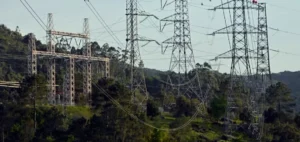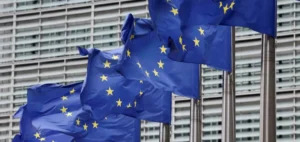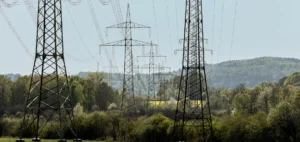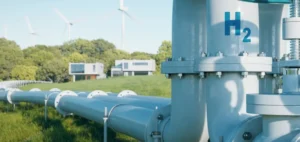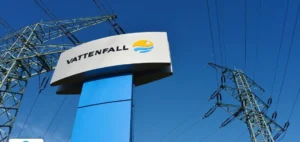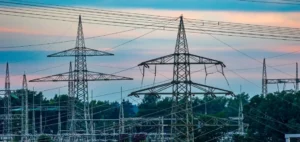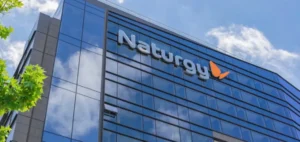The interconnected electricity grids of the Association of Southeast Asian Nations (ASEAN) countries hold up to 30 gigawatts (GW) of solar and wind energy potential, according to a study published by research organisation Ember on May 15. This capacity, concentrated along key cross-border transmission corridors, represents a significant opportunity to strengthen regional energy security while supporting economic growth.
Grid modernisation to integrate variable energy
ASEAN, still largely dependent on fossil fuels, plans to increase the share of solar and wind energy in its power mix to 23% by 2030, up from 4% currently. To enable this shift, the report stresses the need for more flexible and interconnected infrastructure, including battery energy storage, active demand-side management, and pumped hydro stations.
This modernisation is considered essential to meet rising electricity demand, particularly from data centres, transport electrification, and industrial activity. According to Ember, these developments could create around 182,000 jobs across the region, directly linked to new renewable energy installations.
Acceleration of cross-border transmission projects
Between 2023 and 2030, Indonesia, Viet Nam, Thailand and the Philippines plan to add 45,076 kilometres of transmission lines, representing nearly 45% of the target set in the International Energy Agency’s (IEA) Announced Pledges Scenario. However, this expansion remains insufficient relative to national energy transition goals, requiring a doubling of current efforts.
Regional electricity interconnection is identified as a lever to optimise the use of available renewable resources and facilitate resource sharing among member states. However, only Cambodia, Malaysia and Singapore have so far joined the Global Energy Storage and Grids Pledge, which aims to deploy 1,500 GW of storage capacity and 25 million kilometres of grid infrastructure globally by 2030.
Coordination and investment challenges
The report also highlights the importance of coordinated regional planning to ensure project economic viability and attract necessary financing. Priorities include integrating new business models, developing digital infrastructure for cross-border data sharing, and addressing infrastructure needs related to electric vehicles.
“A comprehensive grid plan is essential to achieving ASEAN’s energy goals,” states Ember’s report, which also notes the strategic role of an open and transparent regulatory framework to support electricity market development.



